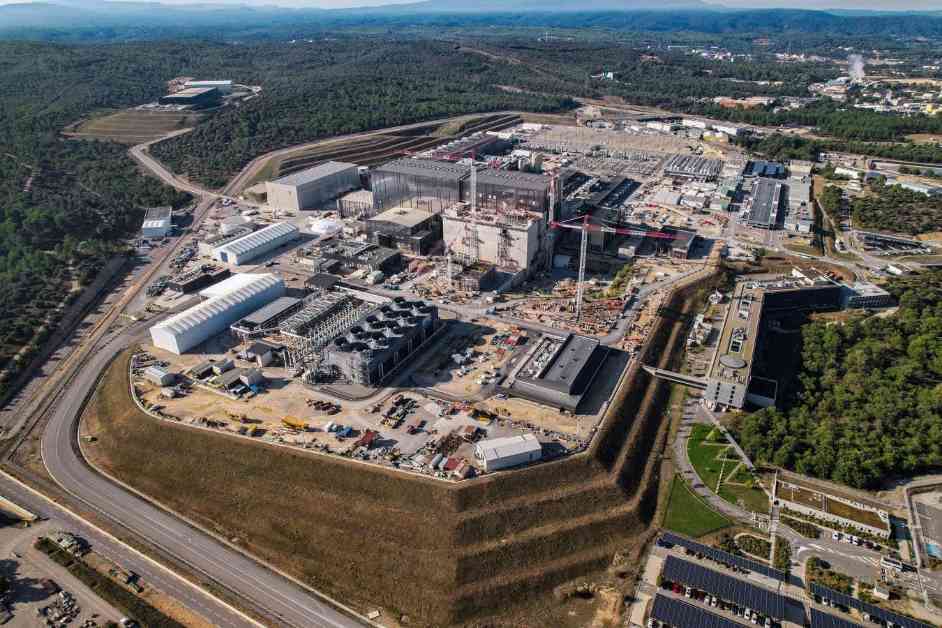ITER, short for the International Thermonuclear Experimental Reactor, is a massive nuclear fusion project that has recently faced a significant setback. Originally scheduled to start operating in 2025, ITER’s timeline has been extended to 2035, marking a delay of 10 years. This delay has raised concerns about the project’s feasibility and relevance in the rapidly evolving field of fusion energy.
With an estimated cost of €20 billion, ITER is a collaboration between several countries, including the European Union, China, India, Japan, South Korea, Russia, and the United States. The goal of ITER is to demonstrate the feasibility of nuclear fusion as a clean and virtually limitless source of energy. However, the project’s prolonged timeline and escalating costs have led many to question its viability in the face of emerging commercial fusion initiatives.
Despite its ambitious objectives, ITER has been plagued by technical challenges, budget overruns, and management issues throughout its development. The growing interest and investment in smaller, more agile fusion startups have cast doubts on the necessity of such a massive and prolonged project like ITER. These commercial ventures, backed by private funding and driven by innovation, are making significant strides in advancing fusion technology and bringing it closer to commercialization.
While ITER remains a symbol of international collaboration and scientific ambition, its future hangs in the balance as the global energy landscape continues to evolve. The question arises: Is ITER still the best path forward for achieving practical fusion energy, or should resources be redirected towards more agile and commercially oriented projects?
Despite its setbacks, ITER still holds the promise of unlocking the potential of nuclear fusion and addressing the world’s growing energy needs in a sustainable way. The project’s unique scale and scope offer valuable insights and research opportunities that may not be feasible in smaller, private ventures. Additionally, ITER’s international cooperation model sets a precedent for future collaboration on complex scientific endeavors.
As the world races towards a carbon-neutral future, fusion energy stands out as a promising solution to our energy challenges. Whether ITER will emerge as the flagship of this clean energy revolution or be overshadowed by more nimble competitors remains to be seen. One thing is certain: the future of fusion energy is at a crossroads, and the decisions made today will shape the energy landscape for generations to come.

